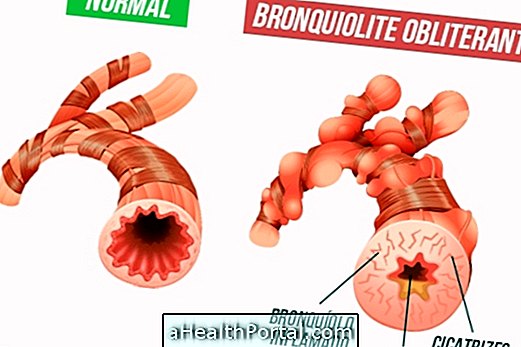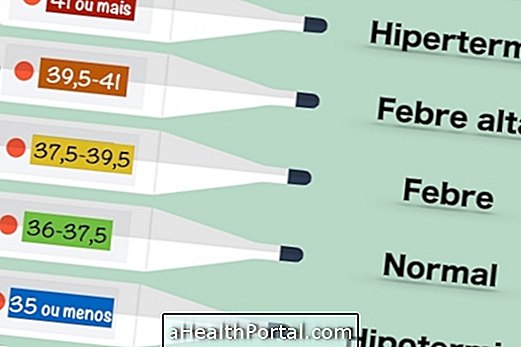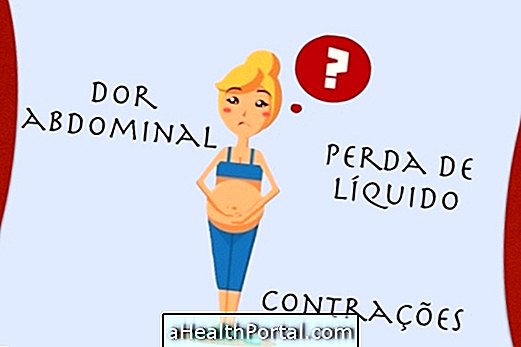Bronchiolitis obliterans occur when lung cells fail to recover after inflammation or infection, as in cases of influenza or pneumonia, for example.
In these cases, the inflamed cells of the lung, instead of being replaced by new cells, die and form a scar, which hinders the passage of air. Thus, if several inflammations occur in the lung over time, the number of scars increases and the small canals of the lung, known as bronchioles, are destroyed, making it difficult to breathe.
Most of the time the initial symptoms of bronchiolitis obliterans are similar to any other lung problem, including:
- Wheezing;
- Feeling of shortness of breath;
- Persistent cough;
- Periods of low fever up to 38ºC;
These symptoms usually appear and disappear over several periods that can last for weeks or months. Although bronchiolitis obliterans are more common in infants due to the weakened immune system, it can also occur in adults, especially after lung transplantation, for example.

How to confirm the diagnosis
The diagnosis of this pulmonary problem should be made by a pediatrician, in the case of infants and children, or pulmonologist, in the case of the adult.
Tests such as chest X-rays or CT scans are usually done, and other more common problems such as bronchitis or pneumonia may be identified before the diagnosis of bronchiolitis obliterans.
How is the treatment done?
Bronchiolitis obliterans have no cure and so treatment is done to relieve symptoms and to facilitate breathing. Thus, the doctor usually prescribes the use of corticosteroids, such as hydrocortisone or betamethasone, which decrease inflammation in the lungs and reduce the amount of mucus, decreasing the chances of new scars appearing and facilitating the passage of air.
In addition, whenever it is possible to identify the cause of the problem, such as a lung infection, it is necessary to treat for the cause, so as to prevent it from continuing to cause lesions and scarring of the lung channels.
In children, it is also recommended to follow a nutritionist because the effort to breathe consumes a large number of calories, which can hamper growth and development.























